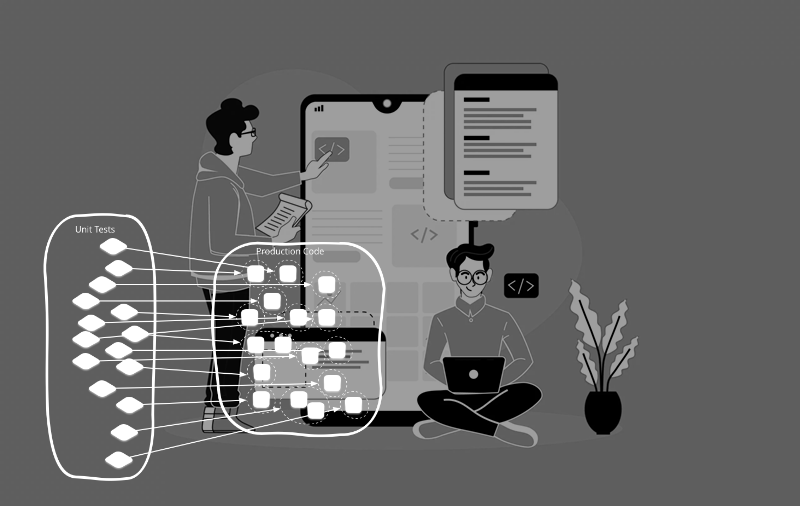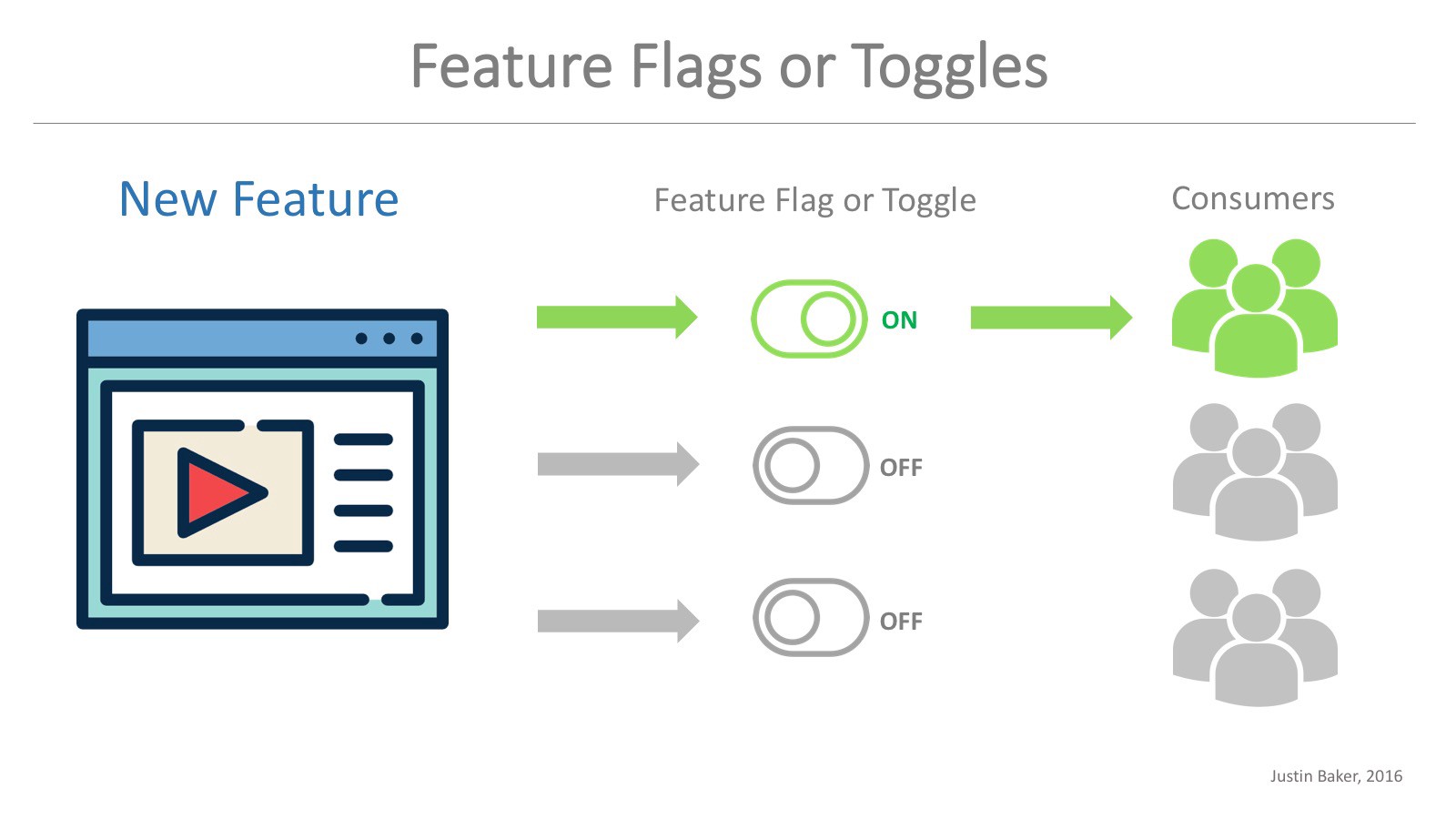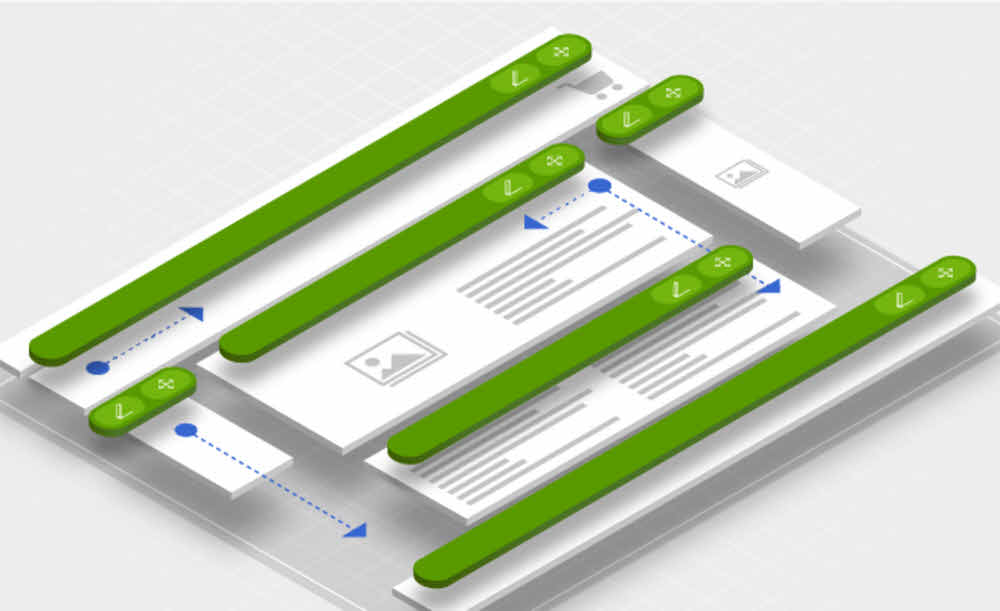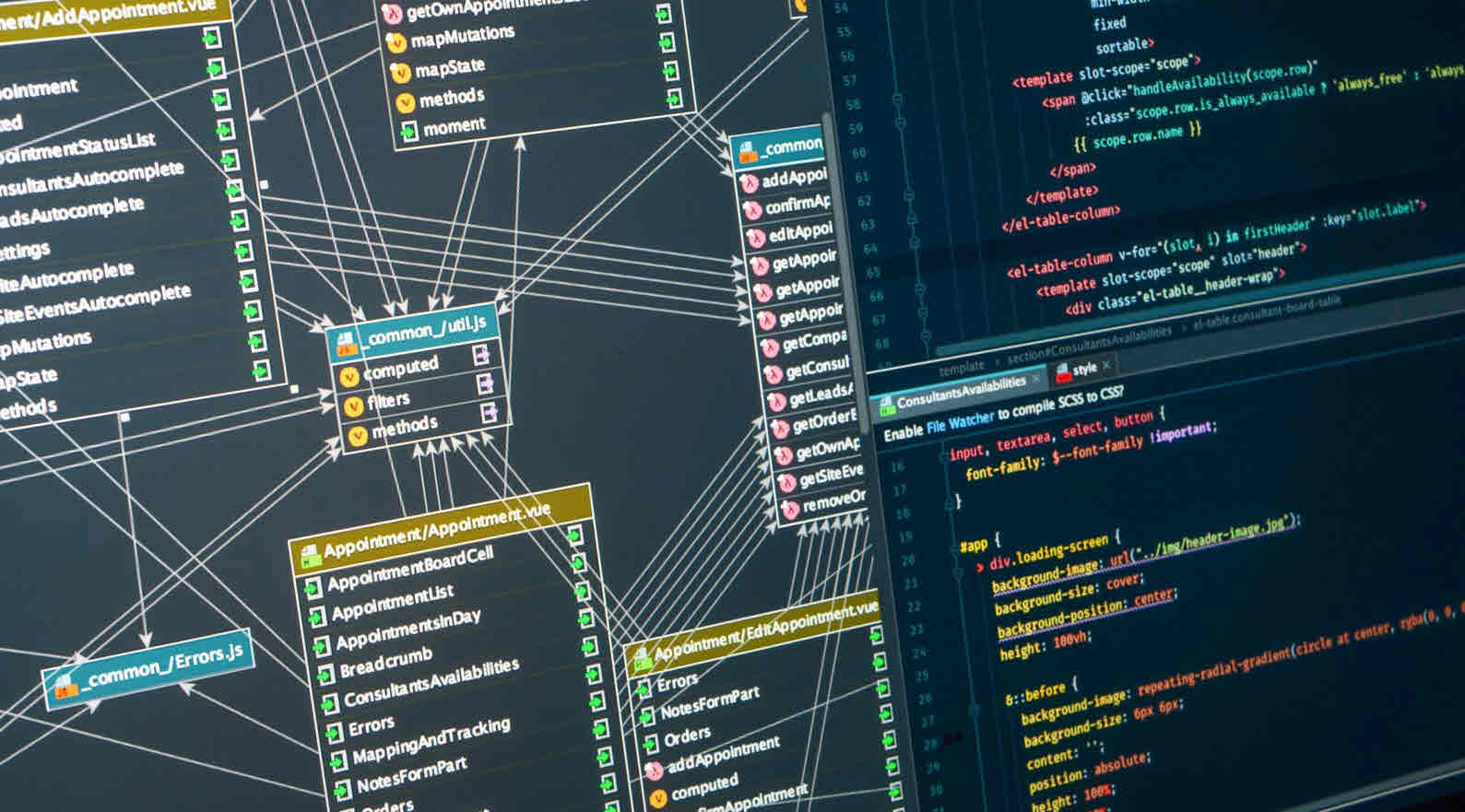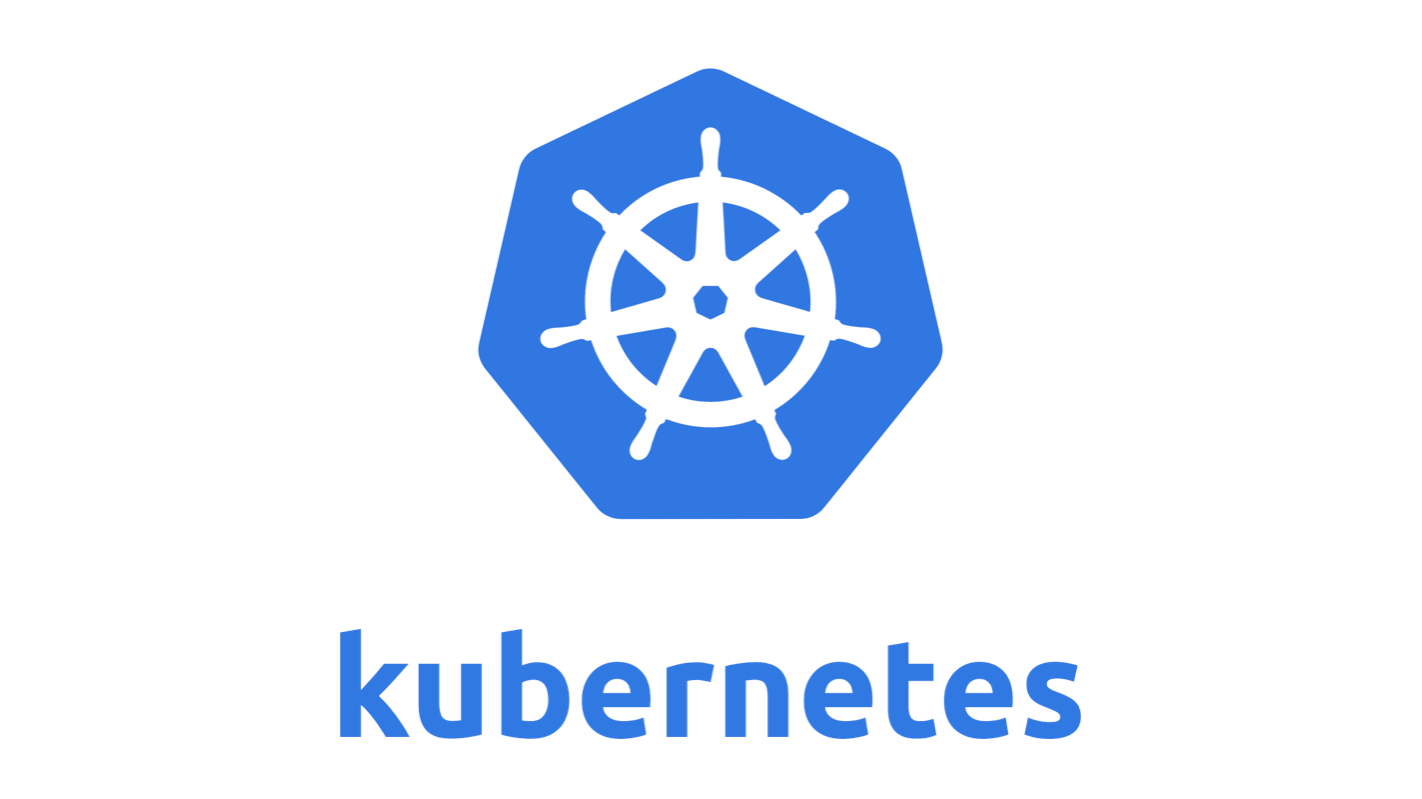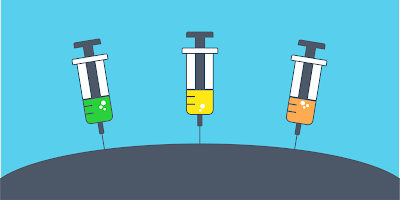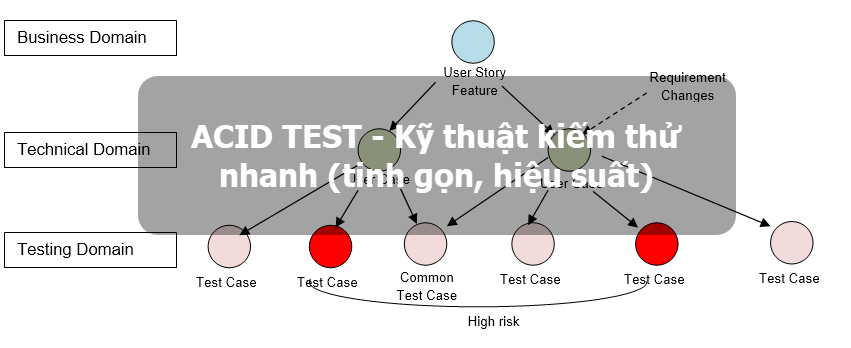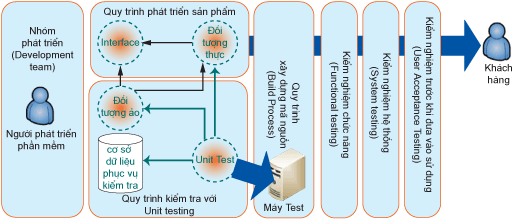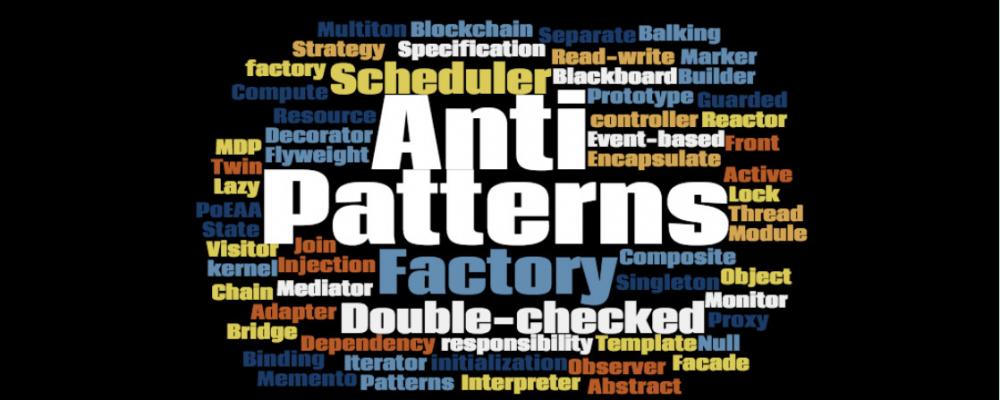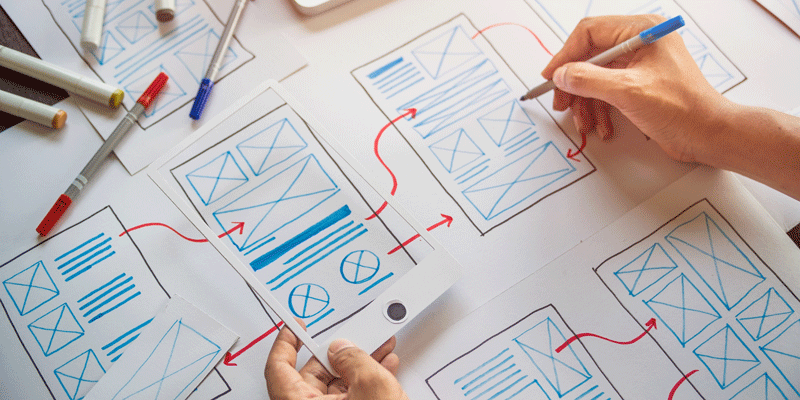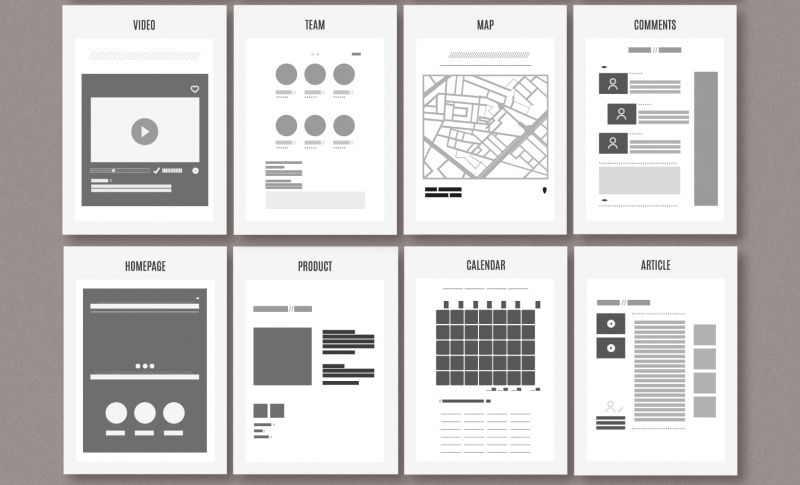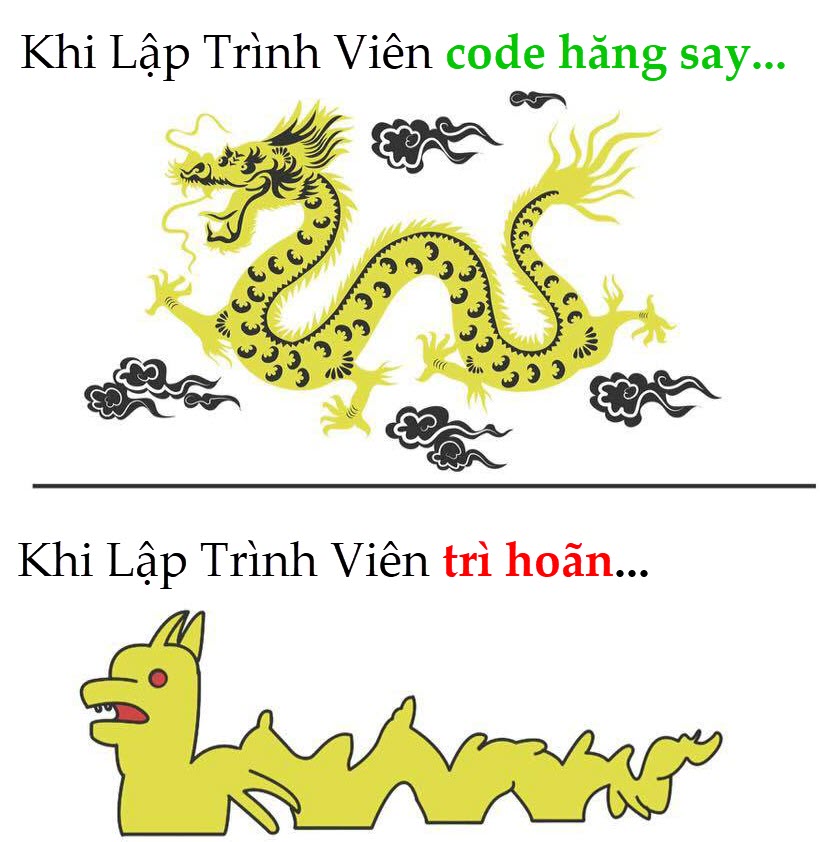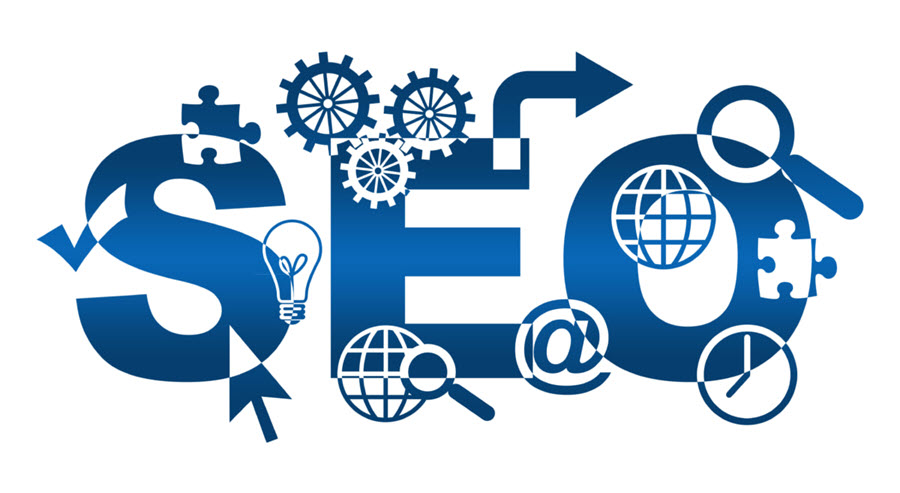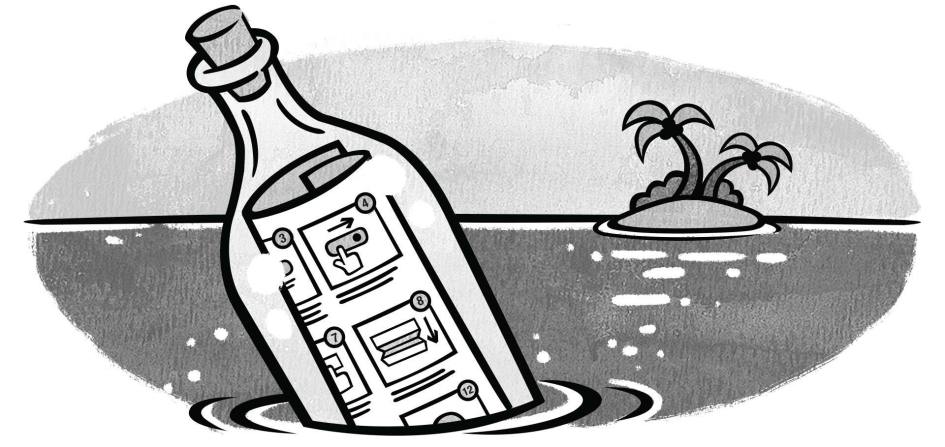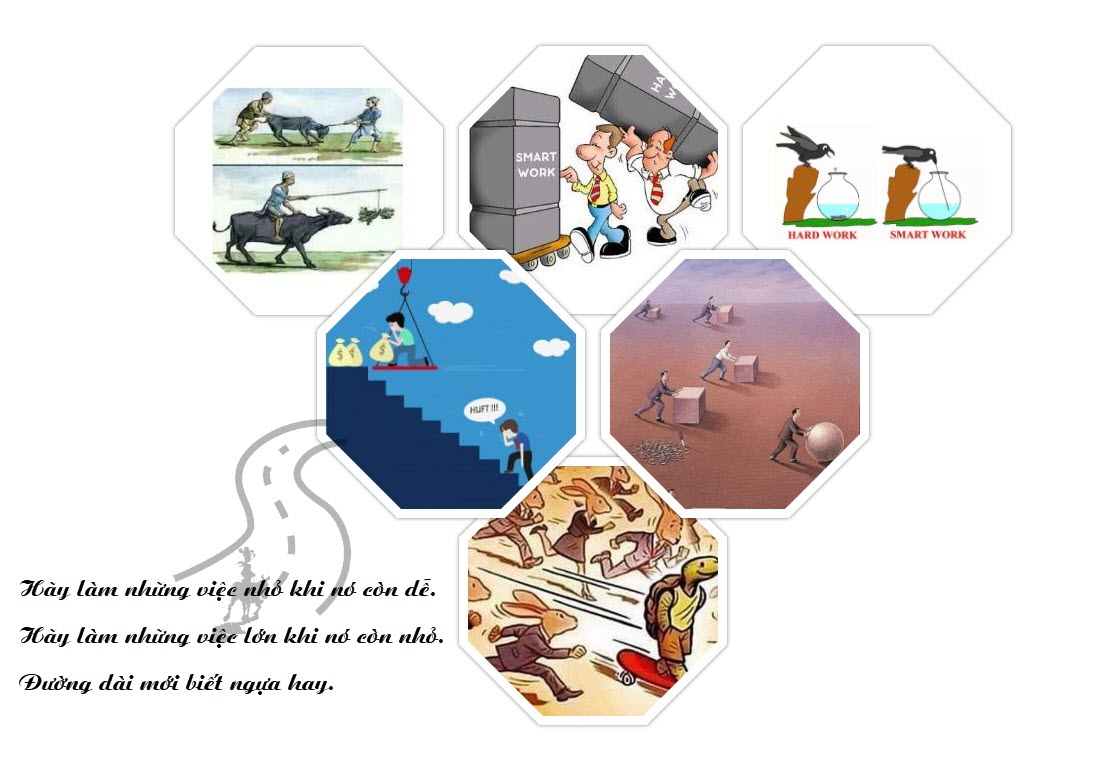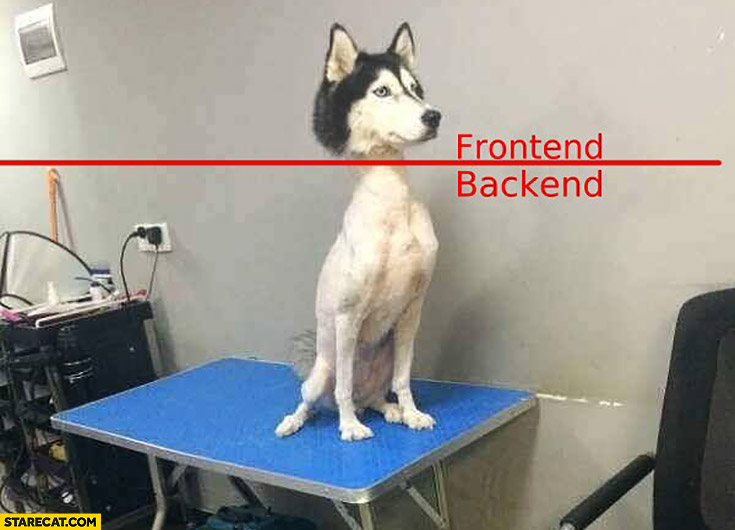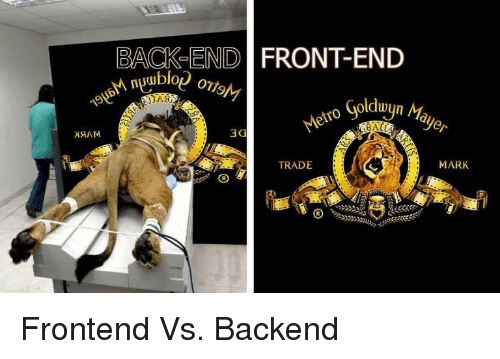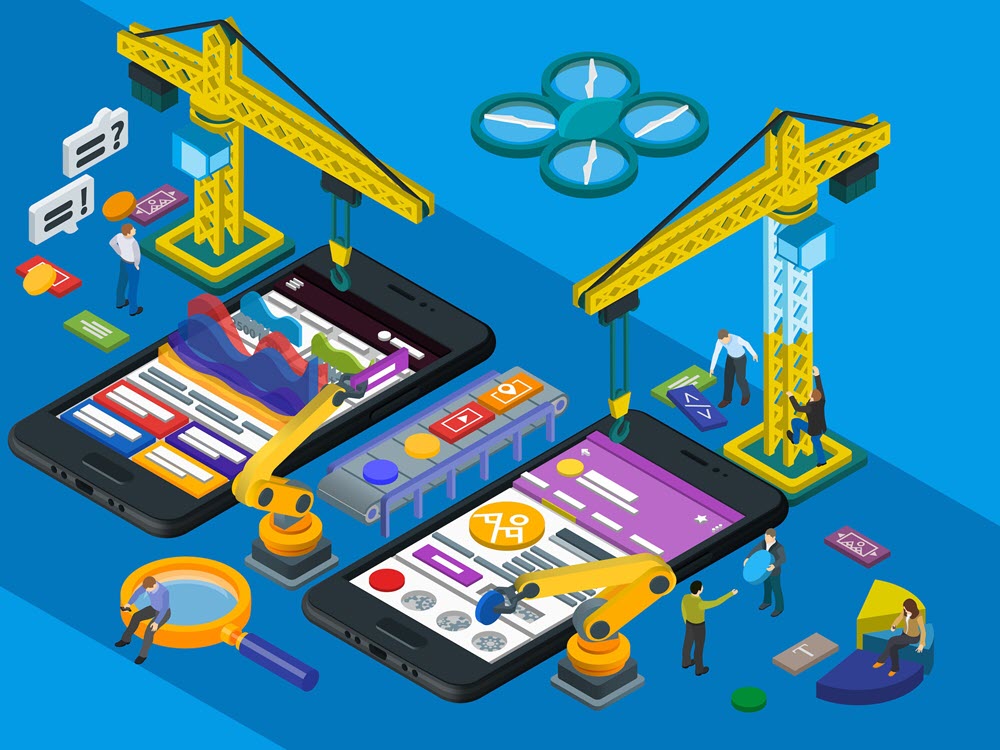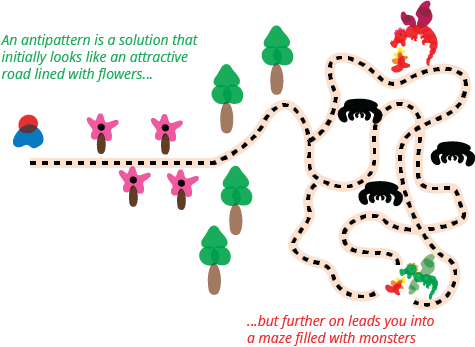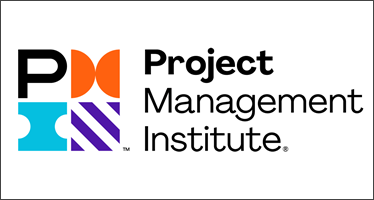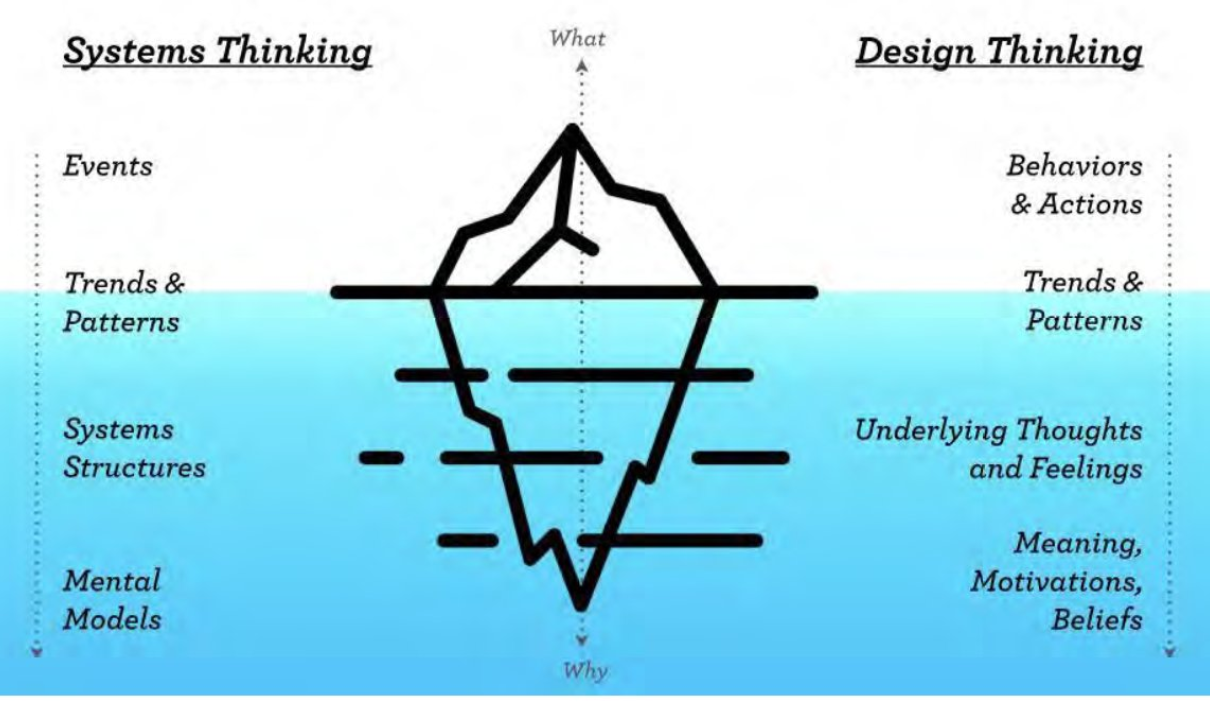
Design Thinking vs. Systems Thinking: What's the Difference?
User experience (UX) Designers are professionals who make a product or service usable and entertaining for users. It's important to learn the processes involved in this field to increase the probability of success for achieving user satisfaction. Understanding the similarities and differences and the advantages and disadvantages of design and systems thinking can help you improve your UX design skills. In this article, we discuss what design thinking is, its pros and cons, what systems thinking is, its pros and cons, design thinking versus systems thinking and the importance of using them together.

What is design thinking?
Design thinking is a process in UX design focused on the user in a solution-based approach. It works to understand humans to create an interface that can solve their challenges. You primarily associate this process with synthesis, which means building up solutions to a problem. There are five principles required for reaching your target audience, including:
-
Empathize: understand and care about your users.
-
Define: describe your insights and users' needs.
-
Ideate: challenge assumptions and generate ideas for solutions to them.
-
Prototype: create the solutions to the challenges.
-
Test: assess your design to see if it's successful with your target audience.
Design thinking is important to use, especially in an organization, because it helps to understand your target audience's needs and to learn more about the organization. You can learn more about an organization through design thinking because you're able to see where your team's strengths are and areas it might be helpful to invest in further training. Additionally, this process can help a company meet unfulfilled customer needs, reduce potential risks and generate more solutions.
The pros and cons of design thinking
Here are some pros and cons of design thinking worth considering:
Benefits of using this process:
-
Focuses on locating needs: find and understand the needs of your users to build solutions valuable to them.
-
Amend the process: you can change the design thinking process by continuing to test it and tweaking it until it's right.
Potential disadvantages of using this process:
-
Few business integrations and constraints: while design thinking produces solutions, but it might not connect to the organization's goals, meaning the process might help users, but it might not be the company's overall purpose. Avoid this by ensuring the user's challenges and the company's goals align.
-
Focuses on thinking more than creating: this process involves brainstorming new ideas for solutions, but it may not exactly create them, as it's seen as a mindset. Avoid this by crafting the solution after you've thought of it.
What is systems thinking?
Systems thinking is a process UX designers use to view overall patterns and cycles from a broad perspective. It breaks down the traditional analysis by breaking down systems and organizations into two elements. By breaking the two ideas down, designers can ask themselves how the elements connect in a system and how they act or relate within a complex system.
Attention to feedback is an important component of systems thinking because it considers customer and management feedback to ensure you continue to do what works best. For example, if you had fewer people working on a project, and they completed it quickly, the next time you have a similar project, it might be helpful to keep replicating what you did in the past. Paying attention to cause-and-effect in systems thinking can help you build better connections, relationships and feedback.
The pros and cons of systems thinking
Here are some pros and cons of systems thinking worth considering:
Benefits of using this process:
-
Frames problems: systems thinking examines problems more extensively and accurately before coming to a solution.
-
Recognizes patterns and themes: using systems thinking analyzes how the elements within the system relate to each other, causing you to see any patterns or themes that might occur.
Potential disadvantages of using this process:
-
Creates too much data: systems thinking extensively examines data throughout the system, consuming a lot of time and creating more data than you can use, but it lowers any potential risks. Avoid this by only looking for data that applies to your solution.
-
Detaches self: the designer might try to view the system through the point of view of the users to help create it, potentially causing the designer to forget about their organization's goals. Avoid this by remembering to think about your company's purpose when creating solutions.
Design thinking versus systems thinking differences
There are a few significant differences between design thinking and systems thinking, as they are opposites. It's about synthesis and analysis. With design thinking, it's synthesis because you're focusing on creating and building. As opposed to systems thinking, it's analysis because you're focusing on breaking a system down into separate elements to understand how they come to work together.
Another difference between the two is the capacity of its focuses. Systems thinking is a wide concentrate as it considers several strategies, such as a business' finances, brand and performance. While design thinking has a more narrow concentrate because it's only concerned with the user's needs to create solutions.
Importance of using design and systems thinking together
Design and systems thinking systems aren't mutually exclusive, meaning you can use both models simultaneously. It's best for designers to learn how and when to switch from design thinking to systems thinking and vice versa because both approaches have their limitations and strengths. Finding the balance between the two offers more effective solutions to challenges that can create an impact on a larger scale.
Essentially, combining these two systems can help create solutions through innovations rather than negotiations. You can accomplish this by identifying and considering essential parts, rather than considering all the parts. From there, you can decide the design based on the improvement needs of the whole rather than the individual parts. This way, you're using the strengths of each system to make up for the disadvantages the other system might have.
Source: www.indeed.com


